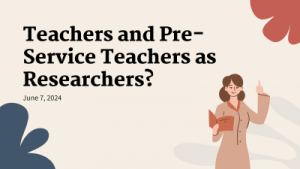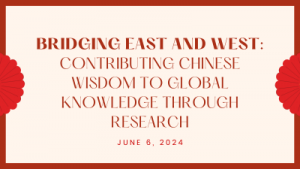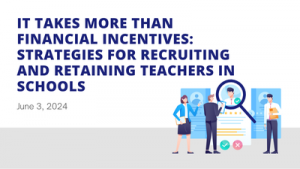Author: Dr Juuso Henrik Nieminen, Assistant Professor, The University of Hong Kong
Assessment largely fails to meet the needs of the diverse student populations in higher education. For example, exams have been shown to create barriers for diverse learners, such as students with disabilities (Nieminen, 2022a, 2022b). While assessment is often designed from the viewpoint of how it supports learning, less attention has been given to how assessment could promote students’ inclusion – and how it might even hinder the inclusion of some students. In this blog post I outline some guidelines for more inclusive futures of assessment in higher education.
First, I briefly shed light on the questions of assessment and exclusion in higher education. The issue is that diversity is commonly understood as something that obscures the results of assessment, not as something that enriches it. This means that assessment is designed with the “ideal student” in mind. However, not all students fit this ideal. These students might need to apply for “special” adjustments such as extra time in exams. While these practices are often warm-hearted, for the students using these adjustments the message might be that they do not fully belong to academia (Nieminen, 2022b). Some inaccessible forms of assessment and assessment security might even be discriminatory for some students.
While inclusive approaches are becoming more popular in higher education over medicalised approaches, they are less common in assessment: adjustments are the norm, not inclusive assessment design. How, then, could assessment be rethought through the lens of inclusion?
Firstly, as I have argued fully elsewhere (Nieminen, 2022a), diversity needs to be designed into assessment. This means that assessment tasks should enable students to show their unique identities in meaningful ways. Perhaps some forms of diversity could be even reframed as strengths. For example, disabilities are often seen as threats to assessment, yet inclusive assessment could foster students’ disability identities for the benefit of the task. If assessment only offers one predetermined way of demonstrating mastery and growth, it might not recognise the full diversity of skills and knowledge in our classrooms. This is the issue with exams. Recognising diversity in assessment design benefits all students. After all, higher education trains future professionals for the ‘knowledge societies’, not robots!
Diversity is only truly celebrated in higher education if it is recognised in the credential systems too. The widely used marks and grades communicate little about the uniqueness of students for external audiences such as future employers. Jorre de St Jorre and colleagues (2021) suggest that the summative aspects of assessment should be redesigned to better communicate skills and growth in personalised ways. In fact, they argue that the shifting labour markets would benefit from rethinking grading from the viewpoint of diversity. For example, digital portfolios might provide diverse, personal and meaningful ways for students to demonstrate their knowledge for external audiences.
Co-designing assessment together with diverse students offers exciting opportunities for future research and practice (Tai et al., 2022). This suggestion follows the basic principles of design thinking: the voice of the end users should be heard in the process. This principle applies to both assessment and assessment adjustments, of which the latter are rarely co-designed together with students who use them. Assessment co-design might promote the accessibility and inclusiveness of assessment, but it might also develop students’ skills in developing and evaluating practices for determining the quality of one’s work. These skills are important graduate skills.
* * *
In education, inclusion work is commonly understood as something extra. I do not introduce inclusive assessment as a luxury but as a necessity. As students in higher education become more diverse in many contexts due to policies of widened access, assessment practices need to be able to answer the needs of this population. Otherwise, higher education might make promises it cannot keep. Moreover, the pandemic has disrupted the idea of “a normal student”: who is “normal” and who has “special needs” in times that see increasing numbers of stress and anxiety? As many have convincingly argued, the pandemic has offered us a unique opportunity to critically rethink what truly matters in assessment. Inclusive assessment reminds us that while individualised forms of support are always needed, much more could be done to provide inclusive assessment for all students through accessible design.
References
Jorre de St Jorre, T., Boud, D., & Johnson, E. D. (2021). Assessment for distinctiveness: recognising diversity of accomplishments. Studies in Higher Education, 46(7), 1371-1382.
Nieminen, J. H. (2022a). Assessment for Inclusion: rethinking inclusive assessment in higher education. Teaching in Higher Education, 1-19. https://doi.org/10.1080/13562517.2021.2021395
Nieminen, J. H. (2022b). Unveiling ableism and disablism in assessment: a critical analysis of disabled students’ experiences of assessment and assessment accommodations. Higher Education, 1-24. https://doi.org/10.1007/s10734-022-00857-1
Tai, J. H. M., Dollinger, M., Ajjawi, R., Jorre de St Jorre, T., Krattli, S., McCarthy, D., & Prezioso, D. (2022). Designing assessment for inclusion: an exploration of diverse students’ assessment experiences. Assessment & Evaluation in Higher Education, 1-15.



